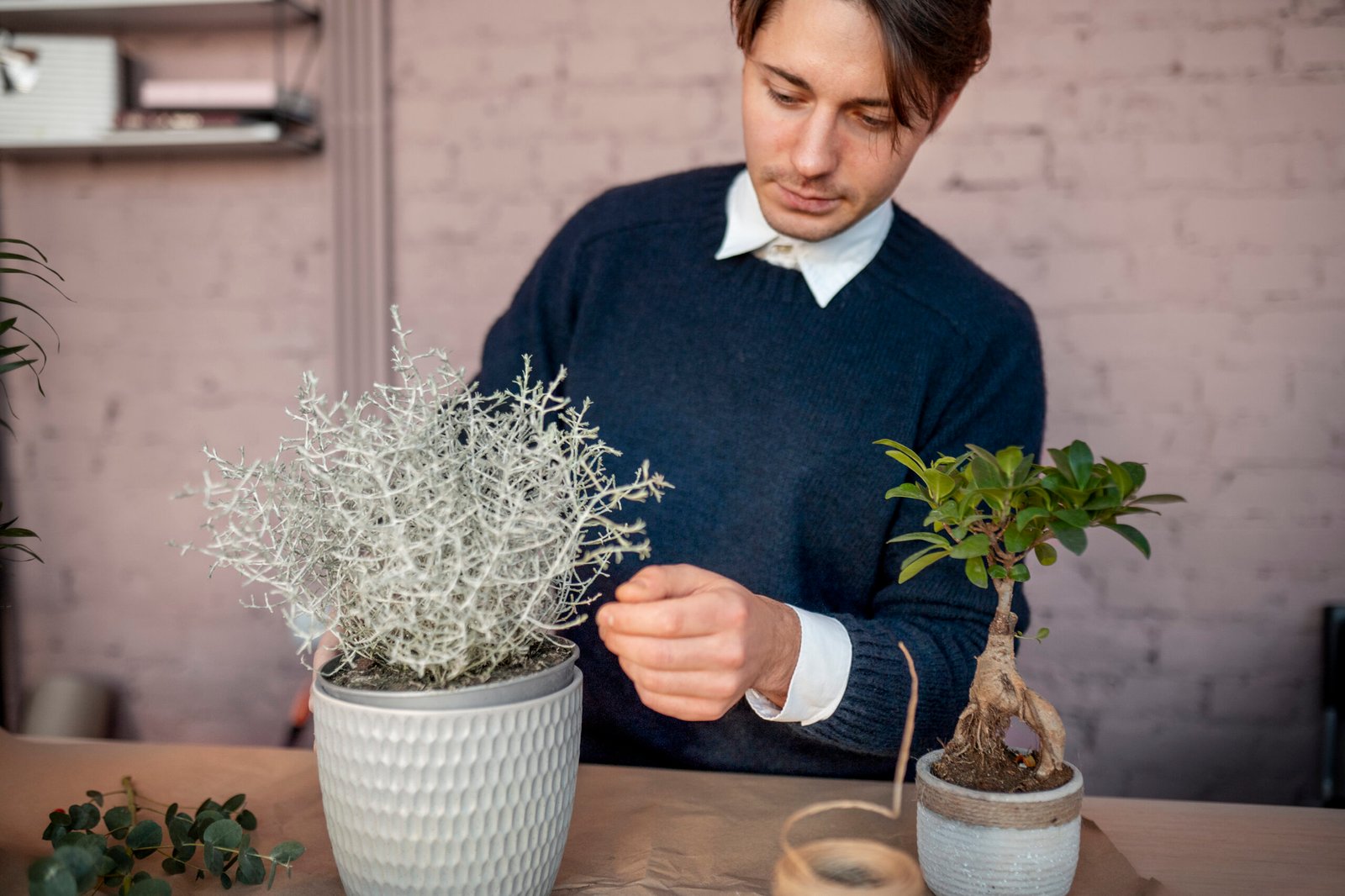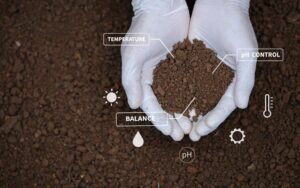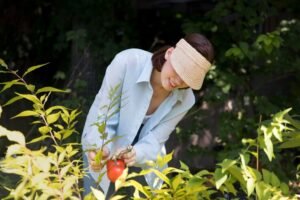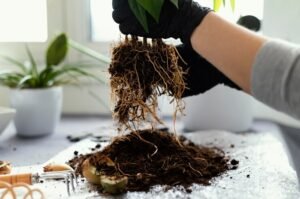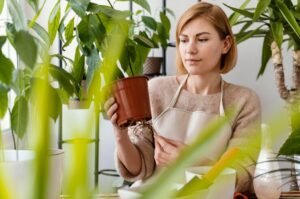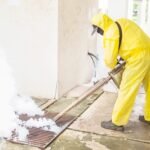If you’ve ever wondered, “Why is my plant dying in the same location?”, you’re not alone. Many people face this frustrating issue, where no matter how often they replace the plant, it keeps withering away. The quick answer lies in identifying underlying environmental or soil-related problems that could be making that spot unsuitable for your plant’s growth. In this detailed guide, we’ll explore the various reasons why your plant might keep dying in the same spot and what you can do to fix it.
1. Soil Health – The basis of plant productivity
Poor Soil Quality
Poor soil quality is one of the most common reasons plants do not grow well in a site. Soil that is good for growing plants in your land should be full of nutrients, retain water well and have excellent drainage properties. This is something you need to consider if your plant just keeps on dying.
Nutrient Depletion — As plants grow, they remove nutrients from the soil. If the area has been used before, soil may have become deficient in crucial nutrients like nitrogen, potassium and phosphorus. Simply add organic compost or balanced fertilizer to the soil to make room for it. You can find more details on how to improve your soil in our guide on Soil Nutrient Acclimation and Plant Transplant.
Compacted Soil: If the soil is hard-packed, roots cannot breathe (suffocating or potentially resulting in root rot due to water saturation). In some cases, you may need to break up the soil a bit with either a garden fork or an aerator in order to give the roots something easier through which they can grow, and of course providing oxygen flow as well.
Soil pH Levels
Many soil types can prosper in different pH ranges. For example, azaleas and blueberries benefit from acidic soil, but many vegetables and flower species thrive in neutral to mildly alkaline soils. If you need to adjust your soil’s pH, check out this guide on making soil more alkaline for plants.
Soil pH Testing: You can buy an inexpensive soil testing kit to test your soil’s ph level. When you know what the pH of your soil is, add lime to increase it (less acid) or sulfur which will cause a lower pH in the plot region.
pH-Dependent Nutrient Availability — If your soil is off on its pH, even if there are nutrients in the soil for plants to access they might not be able uptake them due to pernicious ph issues. Usually adjusting the pH will resolve this problem.
2. Water Related: Too Much or Too Little Water
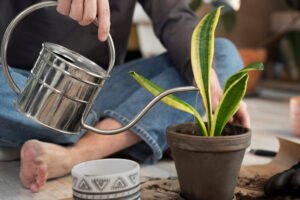
Water Logging and Poor Drainage
If you are killing the same plant in an indoor area, it could be due to overwatering. Most plants do not like to be in standing water, and this can result in root rot.
Signs of Root Rot: If you notice your plant’s leaves turning yellow or wilting, and dark roots start to get mushy, it means that the rot has set in due to too much water being given.
Enhancing Drainage — one of the few shrubs that like a well-drained soil; mix sand or perlite into your potting medium for better drainage. Also, if you slightly elevate the planting site it helps prevent water sitting around your plant roots which they would not like.
Underwatering and Dry Soil
Conversely, the plant is drought-stressed. If soil is drying out quickly or roots cannot grow and penetrate in depth to reach water, the plant will die due to dehydration.
Resolution: Add 2-3 inches of mulch around the plant in order to keep moisture rooted down during hot dry periods. Also, select drought-tolerant plants so you risk more damage from lack of water.
3. Too Much Sunlight Too Little
Lack of Sunlight
All plants photosynthesize which is a process dependent upon sunlight, if your plant isn’t getting enough light it won’t get the energy to grow. Plants that tend to enjoy direct sunlight like tomatoes, roses or sunflowers.
Solution: If the area is in shade for most of the day, move it to a sunnier spot or cut back any overhanging trees and shrubs that are blocking light from reaching it.
Too Much Sunlight
However, even though sunlight is indispnseable the excessive sun rays in long exposure can also turn out to be adverse for plants which loves shades and indirect light. Too much sun will just burn the leaves and dry out your soil.
Solution: A garden umbrella or a shade cloth)prepare the hottest periods of the day. Instead, you can take the approach of proactively selecting sun-loving plants (Succulents!) so they thrive where and how quickly they’re planted.
4. Invisible Killers — Pests + Diseases
Insect Infestations
Aphids, spider mites and whiteflies are the most common pests that will suck on a plant your fruits of labor-literally-and spread disease. If your plant seems to die in the same spot over and over, I would go ahead and start tearing out that whole area while you keep looking for signs of insects.
Looking For: Eggs, Webbing or Little Bugs under Leaves. The leaves of the plant may have holes or discoloration as well.
Treat: Use neem oil or insecticidal soap to control pests without causing damage to plants and their nearby surroundings.
Soil-Borne Diseases
Fungi such as root rot, blight or wilt can carry over in the soil and get to new plants. If plants don´t take root or if they a particular disease constantly gets in the plant it is possible that there are some diseases left at soil level.
Solution:: Reduce the effects of soil-borne diseases by rotating crops or planting varieties that are resistant to it. Solarization, where clear plastic is placed over the soil to capture heat may also kill harmful pathogens in a contaminated site.
5. Root Issues: Out of Sight, But No Less Important
Root Bound Plants
If for years you have always planted your petunias in the same ground every year it’s possible that the roots are bound or crowded. The plant in turn is deprived of nutrients and water.
Action: Gently remove the plant and inspect its roots. If they are encircling the root ball, gently tease them apart before replanting.
Poor Root Development
Also if the soil is too hard then some plants have difficulty establishing a good root system. The plant is more stress-prone because the roots are undeveloped and unable to properly anchor the tree.
Solution: Add organic matter such as compost to improve root growth. Also, you can apply a root stimulator to make the roots stronger as well.
6. Think Bigger: Consider Environmental Factors
Temperature Fluctuations
Unlike animals, plants are delicate and cannot tolerate extreme fluctuations in temperature. The plant always dies fast in the same spotIf you experience this over and over again, it is likely that your poor plants are being burnt by a killing condition such as frost, extreme heat, or cold winds (which cause desiccation).
Solution: Covering plants in a cold snap or shade them during extreme heat. Choose for Hardiness Some varieties perform better than others in response to temperature shifts, but there are several you can plant if extreme temperatures tend to be an issue.
Wind Exposure
Strong wind can damage plants by desiccating (drying out) them, and even bruising or tearing the leaves. If your plant is constantly in the wind, it may be losing more moisture than it can take up.
Solution: Windbreaks can be installed, like fences or tall shrubs to protect the plant against heavy gales.
7. Plant-Specific Requirements: Plant Knowledge
Selecting Improper Plant for Incorrect Location
The most familiar reason for plant death is that the plant tends to grow in conditions unique from those where people place them. That is, each plant needs its own average of sunlight hours per day plus water and soil type; so you can not pretend a plant to grow in an area that simply do not belong.
Solution: Look up your plant and wheather the location fits it. Ferns preferring shade will grow poorly if planted in the sun, for example.
8. The Plant Weeds out: Invisible Rivalry
Root Competition
If the trees or shrubs are big, they may overgrow and crowd out plants next to them causing root competition. Big trees absorb water and nutrients, leaving the smaller plant with little to grow.
Solution: Try to plant in some sort of raised bed and maybe also in a pot if. We rather you didnt have your plants competing with tree roots. Alternatively, plants with shallow roots will benefit from the fact that surrounding bugs get much more attention in those segments.
Conclusion
So the bottom line is there are a multitude of reasons which could mean your plant dies in that same spot. It is an interactive function of soil health, drainage status, natural light type and intensity, pests present in that space… environmental conditions play a very decisive role. Once you know what the problem is, then it is easier to fix and maintain that sunburn spot as healthy as possible for your leaves in order best chance of survival. Happy gardening!

